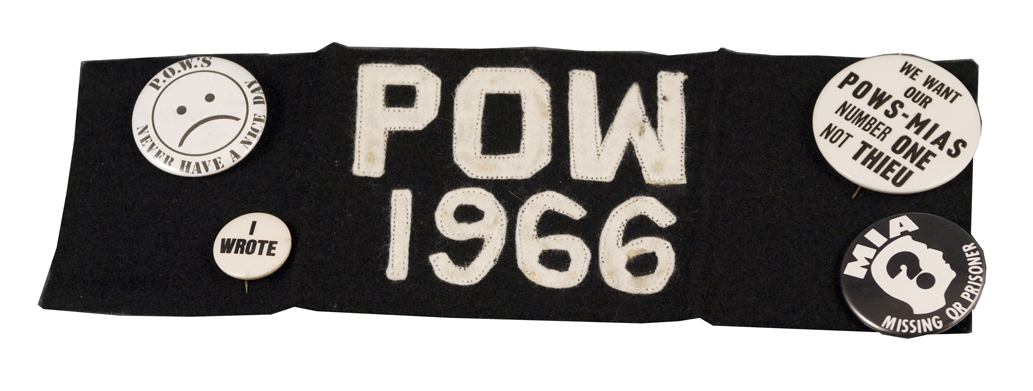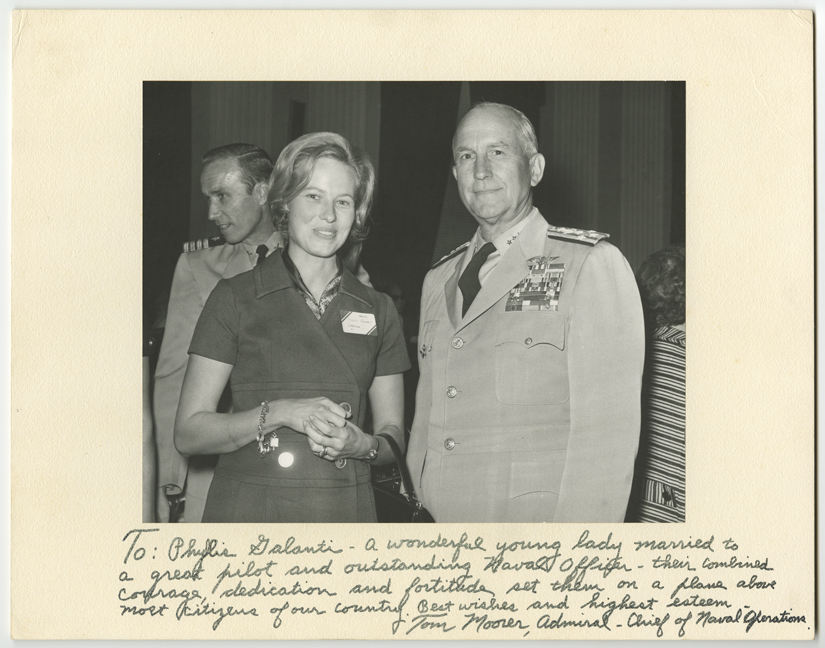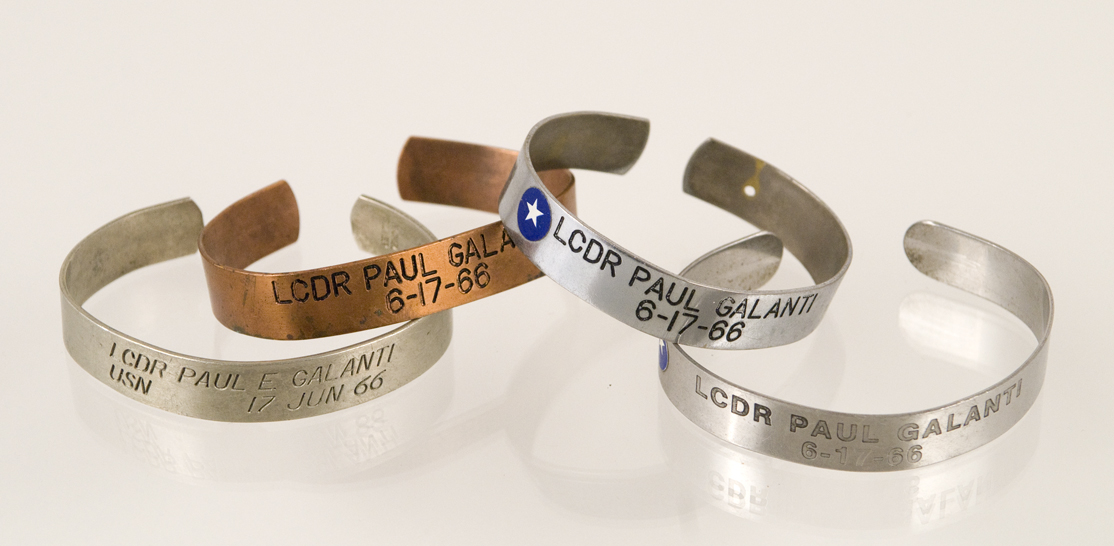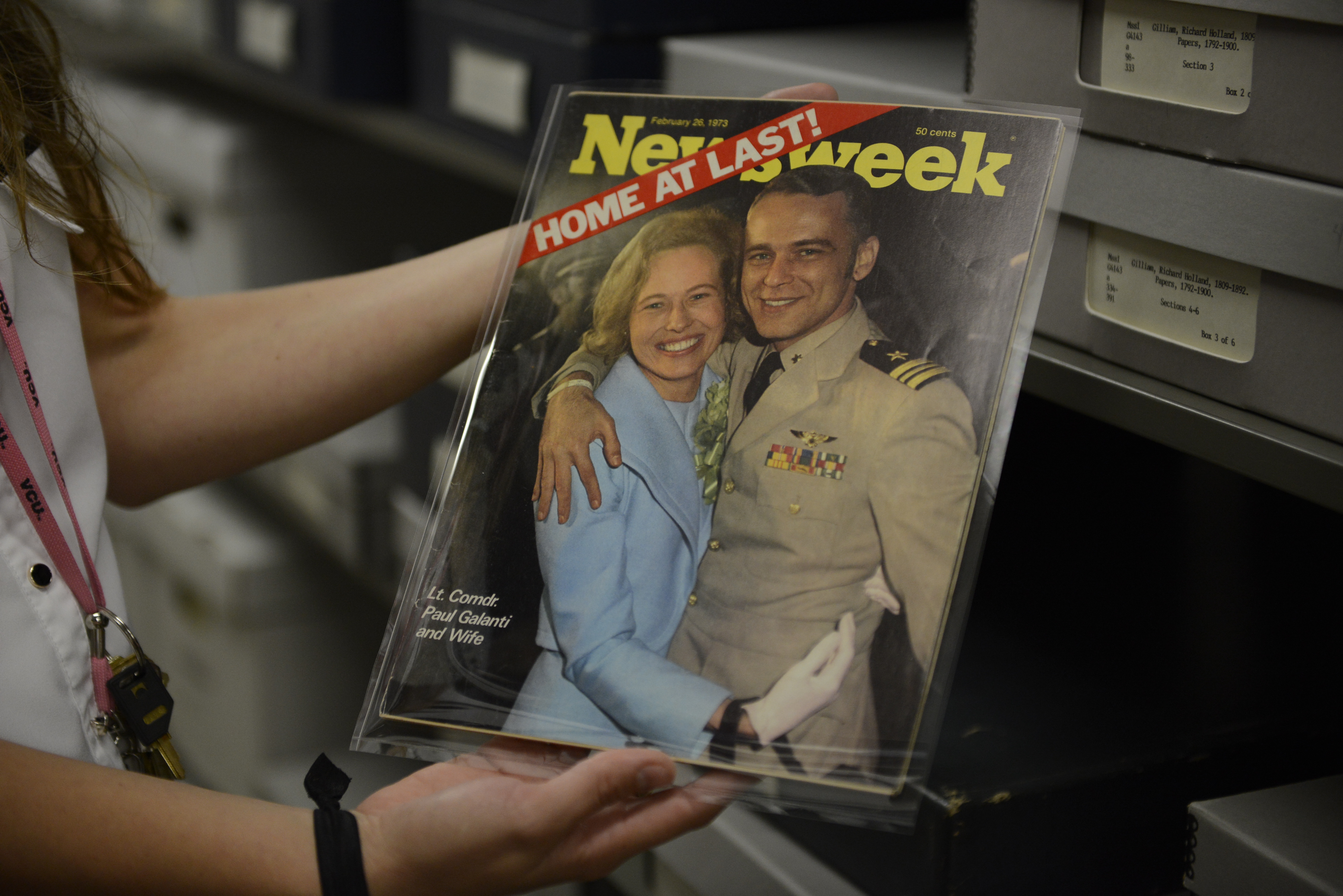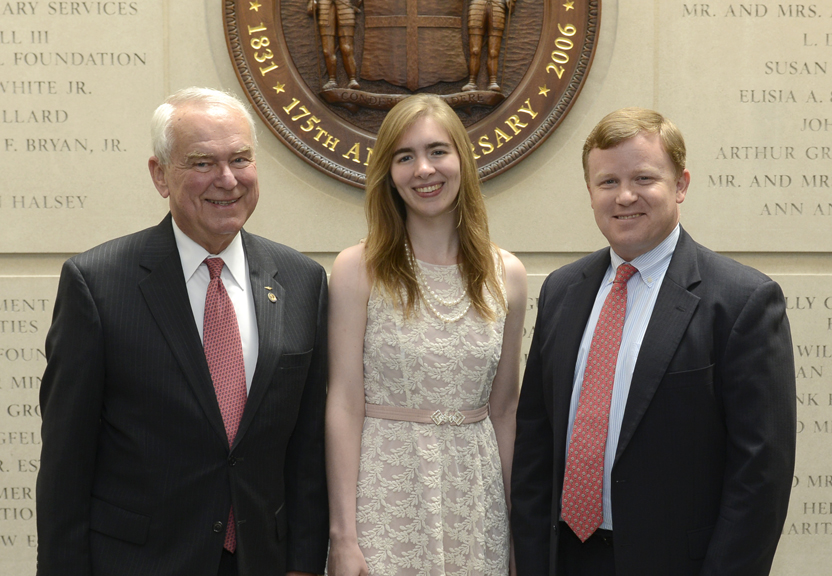On June 17, 1966, Lieutenant Commander Paul Galanti of the U.S. Navy was shot down over North Vietnam, beginning almost seven years of captivity for him and a lifetime of public service for his wife Phyllis. During Paul’s time at the infamous “Hanoi Hilton” prison camp, Phyllis transformed from a shy navy wife into a whirlwind political force who brought governmental, national, and international attention to the plight of POWs in Southeast Asia. Her comprehensive collection of documents housed in the Virginia Historical Society’s archives reveals her belief that the cooperative actions of private citizens was capable of influencing the outcome of international affairs, particularly the treatment and return of the POWs during the Vietnam War.
Phyllis’ mobilization efforts on behalf of the POWs started locally with her leadership of the Richmond “Write Hanoi” campaign in February 1971. Through this campaign, individuals were asked to write letters to the North Vietnamese government expressing their wishes for the government to treat the POWs humanely in accordance with the 1949 Geneva Convention standards. These guidelines included releasing a list of all POWs, allowing the prisoners to send and receive letters, and providing them with access to adequate medical care.

